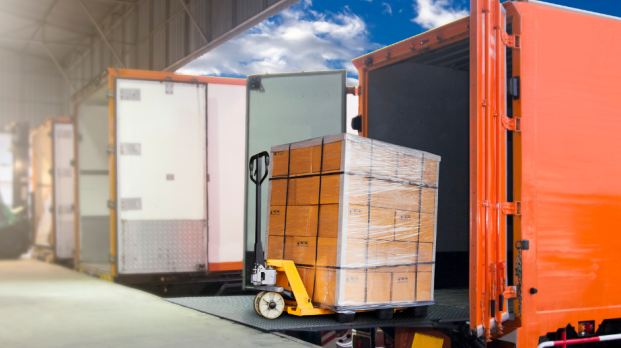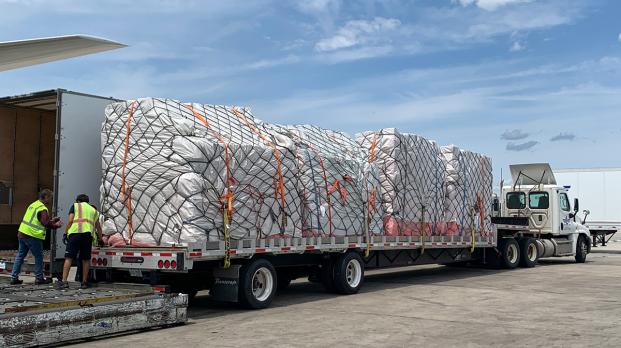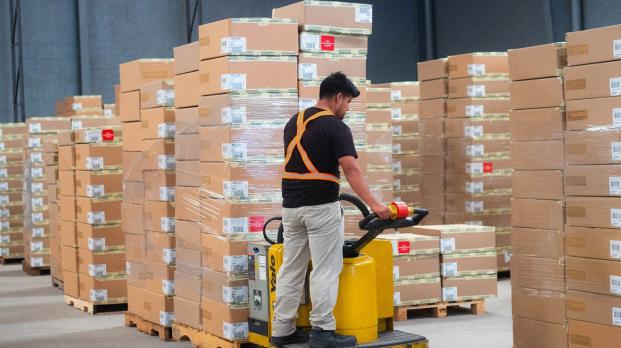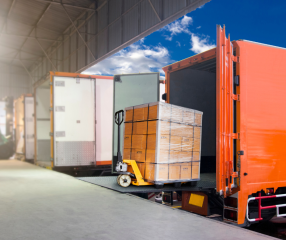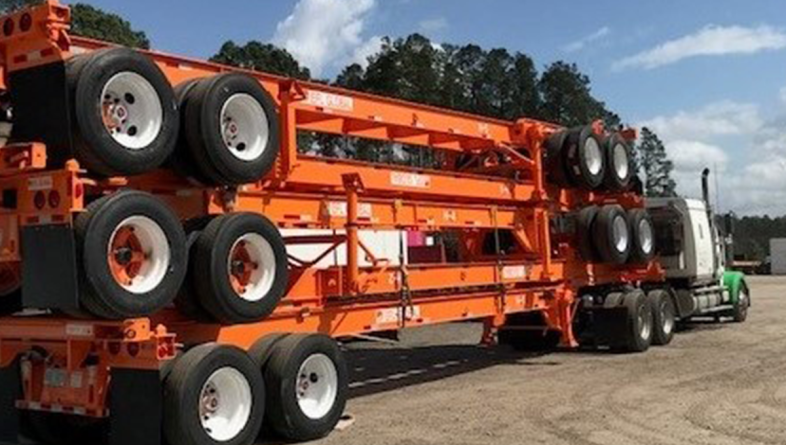
Over the last three years, the ocean freight industry has faced many challenges. Issues such as a lack of manpower, transportation delays, port congestion, and equipment shortages have created rifts in the global supply chain, and logistics providers are constantly searching for workarounds to support their customers.
However, chassis inaccessibility has disrupted the supply chain well before the COVID-19 pandemic, with cargo being left at port and railroad terminals until equipment freed up – but the chassis model is evolving.
According to JOC.com, the traditional chassis model in the United States was upheld for decades: ocean carriers owned the equipment and stored them on terminal grounds, and provided said chassis and containers to BCOs as necessary.
Once ocean carriers began removing themselves from the chassis business, BCOs and independent truckers needed to find a way to improve the workflow of container and chassis pickup and drop off. Now, these providers are purchasing their own chassis, removing outside parties entirely.
“Everyone’s on the hunt for equipment. As a logistics provider, when you own your own equipment, you control the flow of freight for your customers,” says Ray Luengo, Global Head of Ocean Freight, EFL Global. “To invest in your own assets – including chassis, trucks, and staff – is a game changer.”
By creating a pool of your own assets, you remove the possibility of various problems:
Equipment Shortages. According to the Washington Post, when ports are congested and ships pile up, essential freight-handling equipment is often not where it’s needed, and there aren’t enough truckers or warehouse workers to operate it. By owning chassis and employing truckers, providers can navigate equipment shortages at the ports.
Storage Fees. With port congestion not going away any time soon, storage fees can add up. Owned chassis allows providers to get in, collect freight, and get out in a timely and efficient manner.
Shipment Delays. The same goes for shipment delays. A lack of equipment can cause freight to sit at the port, delaying customer timelines as providers look for availability and alternate solutions. By owning the assets, providers can improve on-time performance and keep their customers happy.
“We’ve been in procurement mode over the last two years, adding 100 chassis – with the goal of 300 total – and new facilities,” says Luengo. “In the United States, we opened operations in Houston, Savannah, and Charleston and put key assets in each one to make shuttling cargo in and out of the ports a more seamless process. We dictate the moves we make.”
While the effects of the COVID-19 pandemic may improve, there is no telling what the next global challenges may bring. As a logistics provider, it’s important to be flexible in your strategy and prepared with solutions that put the power back in your hands. Owning chassis offers more opportunities for efficiency, transparency, and improving service for customers.
